The (Complicated) Process of Matching Applicants to Meanwhile Spaces
Since we launched the ‘Meanwhile in Oxfordshire’ programme, we’ve received over 315 applications for space from local businesses, organisations and individuals across the county.
This number underlines the huge amount of demand there is for affordable workspace, as well as a wider issue in the commercial rental market across Oxfordshire. These are exactly the problems we’re trying to solve here at Makespace, but with so many applications and relatively few spaces, how do we determine who is matched to space?
Back in the beginning, we thought it would be pretty straightforward: we drew up a selection criteria, opened an application form, and went off to find some empty buildings.
Spoiler: it is not very straightforward.
Finding buildings and securing leases? A herculean and time-consuming effort.
Finding organisations who can make use of the buildings we’ve secured? A bit more challenging than we thought when you consider details and unique space requirements.
The process of matching applicants to buildings is a complex one, and the outcome depends on a number of different factors. What is straightforward, however, is our commitment to getting as many organisations into space where they can safely and effectively deliver their work as possible.
In this blog, we go over a couple of the key things (pun intended) that come into play when we’re matching organisations to a space.
Our Criteria – Supporting a new vision for our high streets
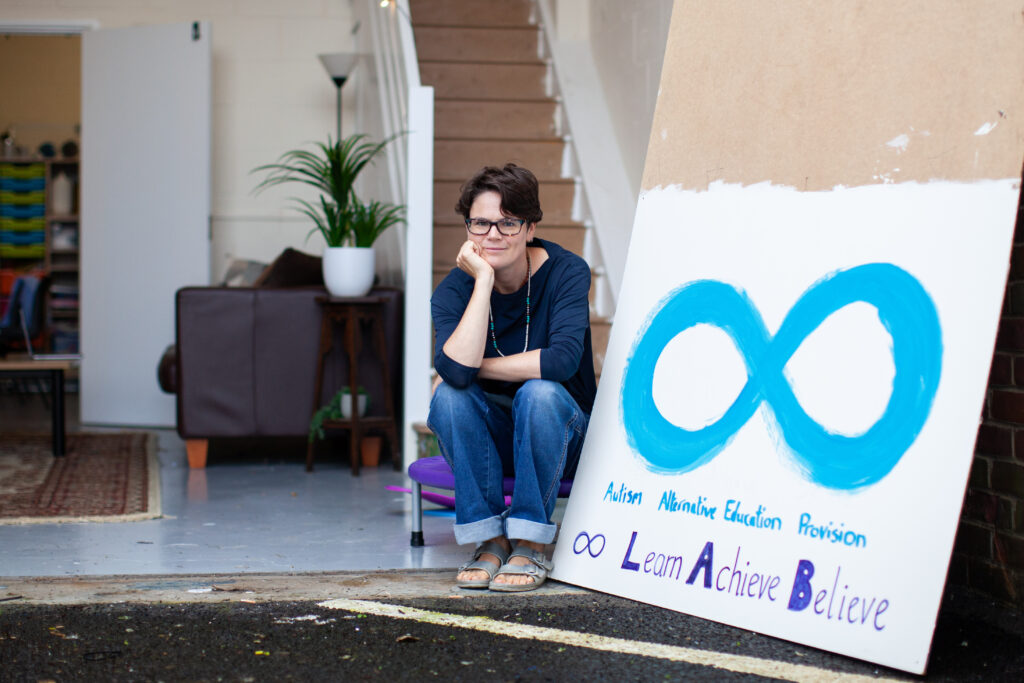
The most important thing we look for when we receive an application for space is whether it meets our criteria for having a positive social, cultural or environmental impact. Our definition of this impact is deliberately broad, because we know that these impacts can take many different shapes and forms.
Within the application form, we also invite applicants to select from a number of more specific criteria, including whether they are locally-rooted or global majority led, offer space for creative pursuits or community knowledge-sharing and collaboration, or are in early-stage development and looking to create more employment opportunities. It’s important to us, too, that applicants are aligned with Makespace’s Oxford Living Wage, Modern Slavery statement and Racial Justice values.
This emphasis on purpose-led organisations comes from a desire to fundamentally change the way we access and use space in Oxfordshire, bringing to life a new vision for our high streets that benefits our communities and local economy, rather than commercial landlords and big multinational corporations.
Location – Where can we get our foot in the door?
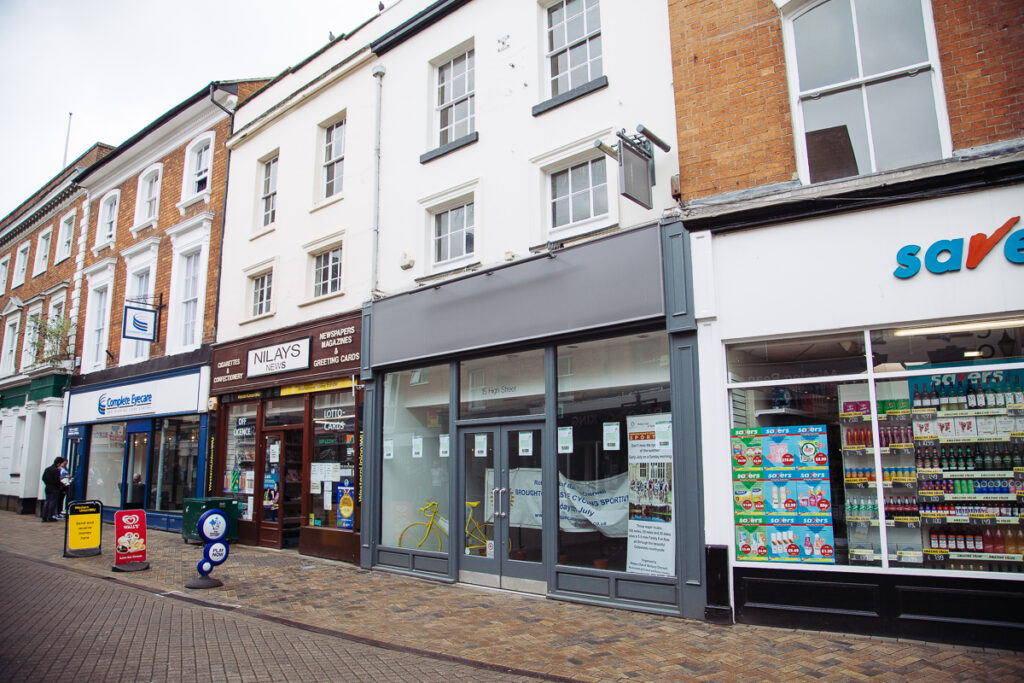
You don’t need us to tell you that there are empty units everywhere in Oxfordshire right now. The commercial property market is broken, and hardly any organisations (let alone small, fledgling, purpose-led ones), can afford to access space.
Despite the win-win-win model that meanwhile occupancy offers, landlords and property owners are reluctant to hand over the keys. The programme offers a new and innovative approach, so it can take time to bring stakeholders on board. The units we do manage to bring online often take months of negotiation, careful safety inspections, and extended fit-out periods for building works and access requirements.
With the process of acquiring spaces being so (needlessly) lengthy and complex, we often need to start with the space when considering potential residents, rather than starting with residents before looking for a space. For instance, if we’ve managed to find and secure a centrally-located unit in Banbury that is safe and ready for occupation, we’ll take a look at our applicant pool to find the organisations that have specified Banbury as a desired location.
While we are constantly trying to access more of these empty buildings, who we can support into space often depends on where in the county these efforts are successful.
Space Specifications – Who will this space work for?
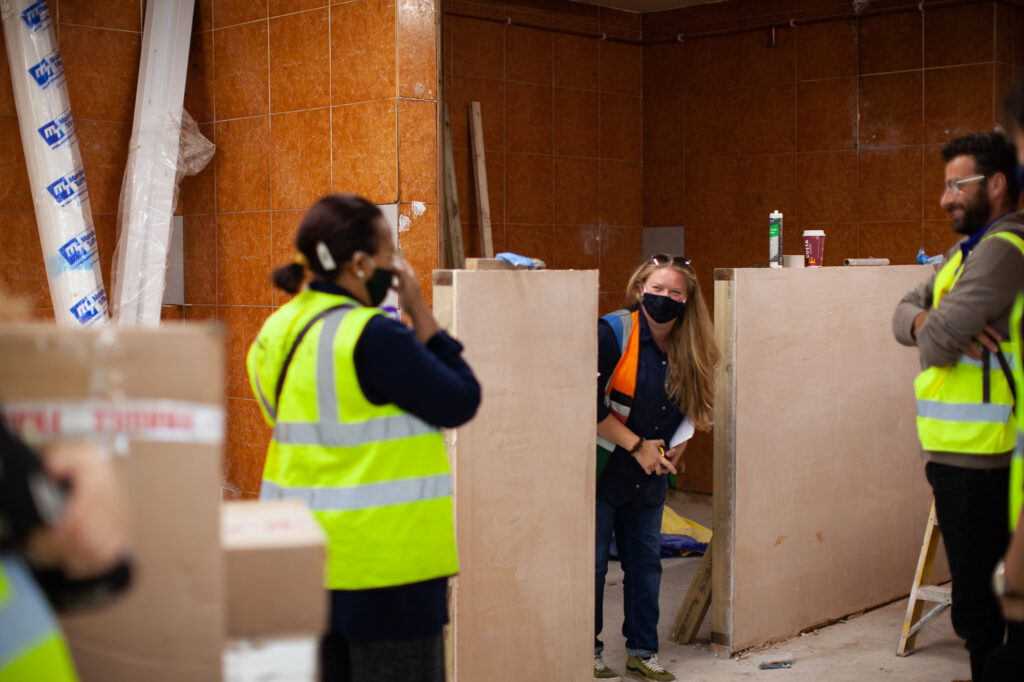
Many of the organisations we’d like to support have very specific space requirements for their work. It’s a bit of a balancing act – whilst we want to prioritise those that meet our impact-focused criteria, we need to be realistic about what work can be carried out in the spaces we secure. So once we’ve determined who is interested in an area, we start to think about who the space will be suitable for.
Some organisations are more versatile than others in terms of their needs; a community group or independent retailer might just need an empty ‘white box’ unit, whilst a youth charity may need a private unit with discreet access, or a cafe may require a full fit-out with industrial-grade kitchen facilities.
More often than not, we have applicants who meet and exceed all of our criteria that we’d love to support, but that we simply cannot meet the needs of with the spaces we’ve secured. The more flexible you can be in your requirements, the more likely it is we will be able to match you with a unit. It also becomes much easier for us to match you to a space if you are open to shared or multi-occupancy buildings, where we can house two or more organisations in one space in a mutually beneficial arrangement (like Aristotle House or The Community Works).
Suitability also relates to length of lease. Makespace is only able to secure buildings on a temporary, meanwhile bases and the majority of leases through the programme are six months to one year. While there is always a possibility that these might extend or roll on, it’s worth keeping in mind that these are not permanent spaces. As specifications get more complex, the likelihood of us having something suitable for you on a realistic timeframe unfortunately goes down.
Action Plan & Affordability – How can we make it work financially?

If the location and space is a match, we’ll then dig a bit deeper into a business or tenancy plan.
At this point, we’re looking to see if the applicant is in a position to take on the costs of the lease, including reduced rental rates, business rates, insurance and expected utility costs. Having a clearly outlined plan of what you’d like to do with the space, and how you will be able to finance it, is very helpful for us at this stage. This gives us confidence that the meanwhile lease will support your goals long term and act as a stepping stone for growth and perhaps even accessing your own more permanent space long term.
With that said, we know that drawing up a business plan is complex and that not everyone has the resources to do so. If you are struggling with a plan, let us know. We are happy to try to support in shaping a plan if we feel your organisation is a good fit for a space. This template from the Government’s website is also a great place to start.
While we do everything we can to reduce barriers to space and increase affordability, we are unfortunately not able to offer space for free. With that said, we are constantly on the look out for funding and grants that will help us to reduce rental costs even further and will always offer the best possible rate to organisations with a social, cultural or environmental purpose at their core.
The Bigger Picture – What will this resident bring to the local community?

Now we’ve got a space and we’ve narrowed down the applicants that want and can access it.
The final consideration? Provided we’ve multiple candidates that meet our criteria mentioned above and could actually make use of the space available, we zoom out and take a look at the wider community. We look at where a space is situated, who its neighbours are, and what we’ve discovered might be needed in the area on a place-based approach whenever possible.
In reality, by the time we’ve got to this point in the process, there may be only one or two organisations who can actually make use of the space under the available timeframe, so the match-making becomes more straightforward.
If you’ve made it this far in the blog (well done), you’ll hopefully have a sense of the complexities involved in matching applicants to spaces through the programme. In an ideal world, we’d have space for everyone who applies. In reality, it’s a constant balancing act between our desire to support purpose-led organisations, landlord negotiations, building location and specifications, applicant’s needs, and broader feasibility of tenancy.
While it’s not a straightforward process, it’s one that we’re passionate about. We know that each match we support brings us one building closer to our goal of high streets and urban centres that prioritise people over profit and benefit our communities.
If you have any questions about the process, don’t hesitate to reach out to our team.
‘Meanwhile in Oxfordshire’ was developed by Oxford City Council on behalf of Oxfordshire’s district councils, alongside Oxfordshire Local Enterprise Partnership (OxLEP) who secured the £1.9m in funding from the Government’s Getting Building Fund.
Find out more about Meanwhile in Oxfordshire here, and stay in the loop by signing up to our e-newsletter.

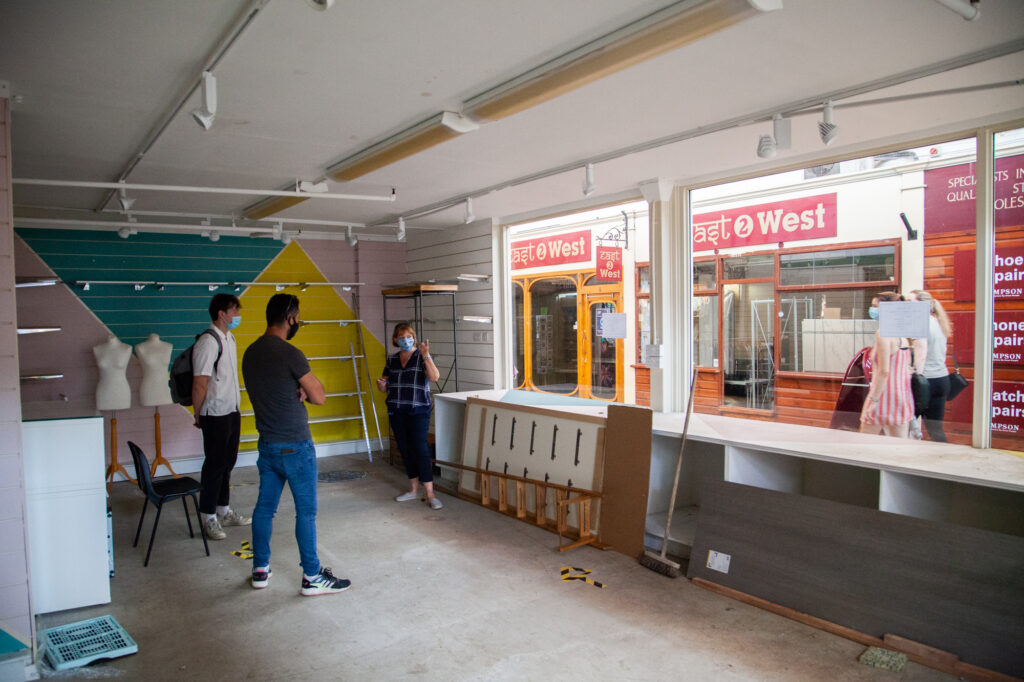

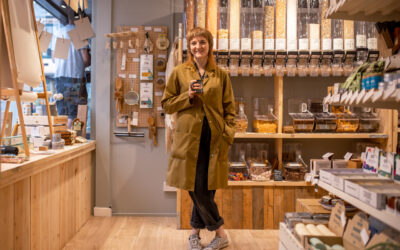

Hi there,
With the recent closure of the Geek Retreat on New Inn Hall St, many of its strong community is looking for a new space as the future is uncertain with the store.
I’m wanted to know of there is a venue of sorts which would have the capacity to host a diverse group of people such as yugioh, pokemon, dungeons and dragons, warhammer and large magic the gathering community. Different days could be arranged for different events, very similar to that of the Geek retreat.
I look forward to hearing from you.
Kind regards
Comments are closed.